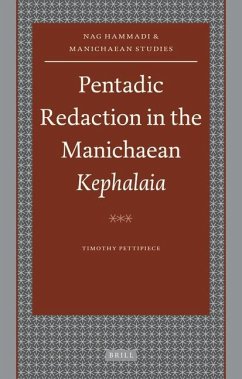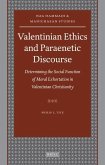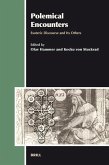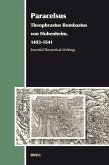Discovered in 1929, the Manichaean "Kephalaia" have opened up an important window on the early development of Manichaean doctrine. This study identifies a significant redactional tendency whereby the compilers of the text sought to clarify ambiguities in canonical Manichaean tradition by means of five-part numerical series. This discovery challenges the conventional wisdom of Manichaean scholarship, which has long maintained that, since Mani recorded his own teachings in a series of what later became canonical writings, Manichaean doctrines were transmitted relatively unchanged from the master to successive generations of disciples. Since this assumption is now called into question, it now becomes necessary to re-evaluate received notions about the shape of both the Manichaean canon and tradition.








